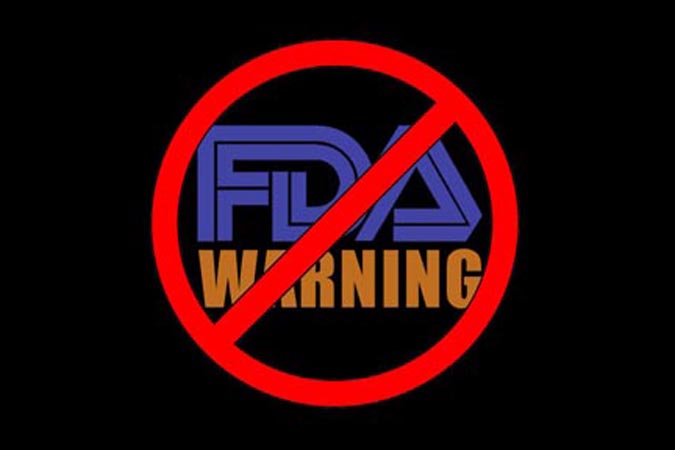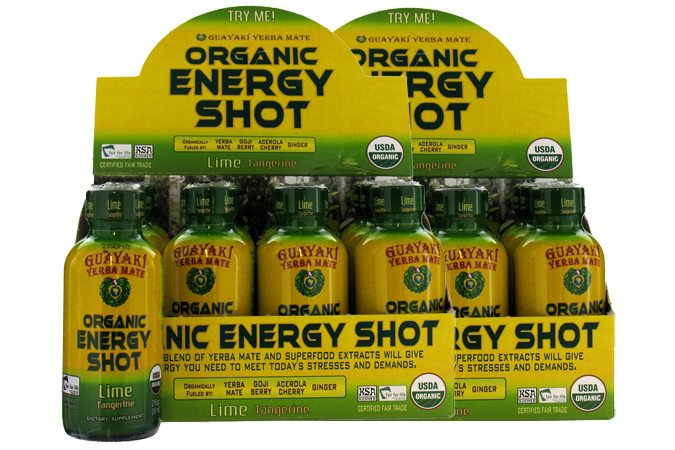Sometimes caffeine amounts are listed on a label – and sometimes they’re not.
FDA and Energy Products Face Scrutiny
Even though caffeine is a drug, the U.S. Food and Drug Administration treats it differently depending on the type of product it’s in – such as medicines, dietary supplements, or food – which makes for a world of consumer confusion.
In the U.S., the FDA considers caffeine safe enough to permit people of all ages to consume it. Regulations for some food and drinks do limit caffeine amounts, restrict marketing claims, and set up guidelines for consumer information. But in other cases, regulations are almost nonexistent.
Internationally, a few countries have taken the lead in establishing more rigorous consumer labels and guidelines, especially on energy drinks. Because several teen deaths have been claimed to be linked to energy drinks, the FDA is scrutinizing the entire caffeinated-product industry, but has yet to make any real policy changes. Some energy drinks have toned-down their marketing tactics to teens and kids, to avoid further scrutiny and public backlash.
Some beverage companies in the U.S. – like Monster Energy – are voluntarily changing their labels, or in some cases, their formulas, in responses to public pressure. They’re no longer dietary supplements, but instead are beverages, and this means different labeling, but with the same amount of caffeine.
Even the FDA admits the rules on caffeine are a little wacky. While the rules haven’t changed in decades, the products they regulate have changed, in ways no one would anticipate.
The following sections cover the basics on caffeine labeling, with tips every consumer should know.


